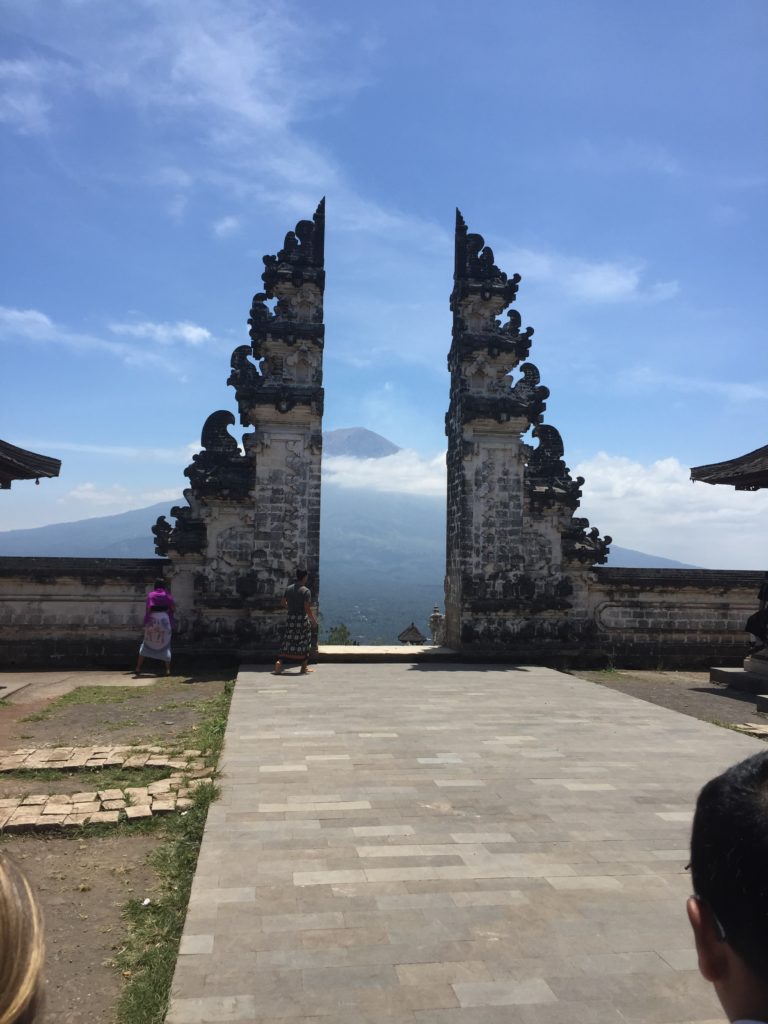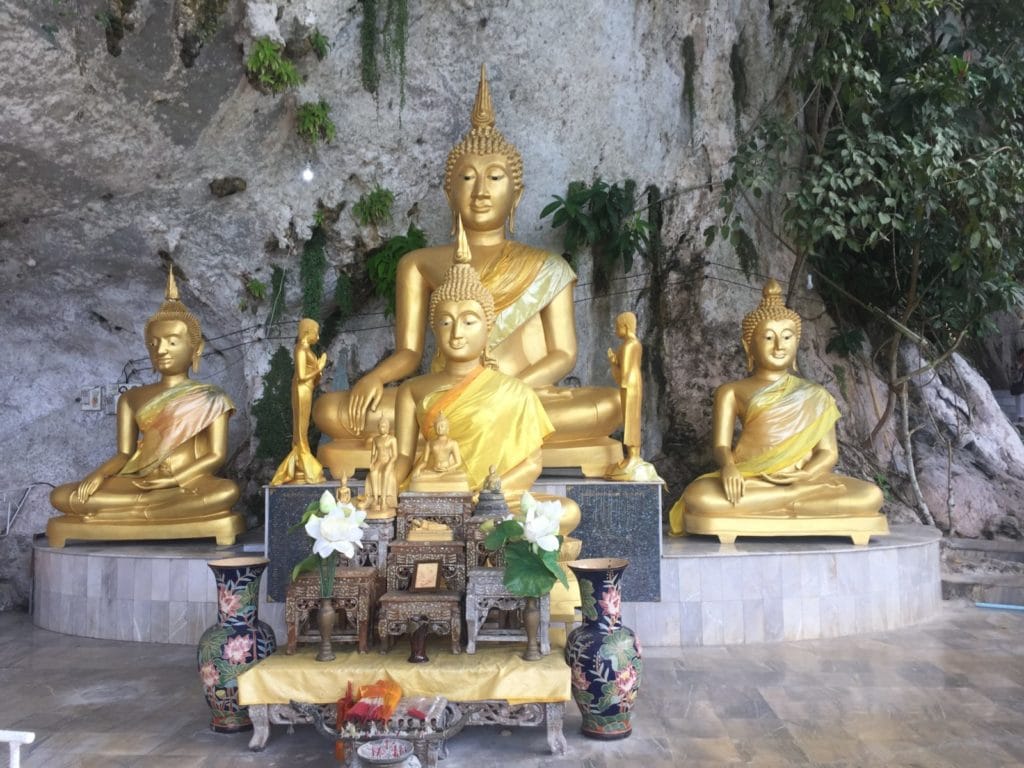We all want to have a prosperous and happy life. But what is happiness and what it means to each individual still is a mystery for most of us. In Eastern philosophy, there is a term Nibbana (in Pali language) or Nirvana (in Sanskrit) that describes the highest point of happiness or satisfaction.
Nibbana (Nirvana) is probably the most popular, but most misunderstood, term in Eastern philosophy. In Theravada Buddhist tradition, “Nibbana” means “coolness.”
There are many synonyms for Nibbana: Deathless, Permanence, Peace, Safety, Health, Freedom, Emancipation, Shelter, Refuge, Immunity, Highest Benefit, Supreme Joy, Other Shore, That Which Should Be Reached, and the End of Concocting. All of these are, in fact implying coolness.
It is important that you correctly understand the word “Nibbana.” It means “cool” or “the absence of heat.” It has nothing to do with dying. Imagine that everything is going right for you: you have good health, economic security, good family, good friends, and good surroundings. In this interpretation of Nibbana, this life of yours is cool. It may not be perfect, because to be perfect, it must include a cool mind, but it is cool just the same.
Do not worry too much about reaching Nibbana. It will come to you eventually. The path to it will have great value as well.
You can make some steps towards Nibbana by accepting the basic Buddhist principles and practicing Mindfulness meditation.
Mindfulness meditation
Mindfulness meditation is a powerful ancient technique that has been used for years particularly to reduce stress, anxiety, depression and achieve inner peace. It has also been used to relieve pain and treat certain illnesses.
Mindfulness meditation re-trains your mind to remain in the ‘now’ or present moment, fully calm as it should be. Many times, we become anxious and stressed because of a disturbing past that we keep thinking about or worrying about a future that you have no control over. With mindfulness meditation, you learn to live in the moment only, as that is what you can change as you have no control over your past or future. You can accept that whatever things originate, all those things will cease.
Impermanence
All conditioned things are in a constant state of flux. This state is impermanence (Pali aniccā, Sanskrit anitya). Buddhism states that all physical and mental events come into being and dissolve. Human life embodies this flux in the aging process, the cycle of repeated birth and death, nothing lasts, and everything decays.
When you accept this position, not by rationalizing it but have truly inside knowledge of it, you will feel liberated, and on your way to true happiness and peace of mind.
The greatest benefit of mindfulness meditation is that you can achieve Nibbana right now, without having to die. It is a practice that can help you improve your everyday life and make small but consistent steps in your way to Nibbana. You need to practice Mindfulness meditation persistently.
Nibbana has nothing to do with death
‘Nibbana’ means coolness. It meant coolness back when it was just an ordinary word that in ordinary people’s usage it means the cooling of physical fires.
In Buddhism Nibbana is the coolness that remains after greed, anger, fear, delusion does not longer exist. It is the coolness remaining when those defilements have finally ended. This is “the end of dukkha,” end of suffering, which is Buddhism’s ultimate goal.
Whenever there is freedom from defilement, then there is the value and meaning of Nibbana. Whenever there are freedom and voidness, there is this little Nibbana, until we know how to make it into the lasting or perfect Nibbana. It isn’t death, but rather is deathlessness, in particular, spiritual deathlessness. Anyone who sees this fact will personally experience that we can survive only through this kind of Nibbana.
We all have brief moments of Nibbana in our life now. If we did not, we would be eaten by worry and anxiety. Our goal should be to extend those periods of coolness, peace, and happiness, and make them the largest portion of our lives. Accepting the need for the consistent and deep practice of Mindfulness meditation, together with the study of Buddhist teachings, help us to accomplish just that.
Nibbana – End of suffering
The expression that best conveys the meaning of Nibbana is “the end of dukkha.” The highest degree of realization in Buddhism, according to the Buddha, is the end of lust, the end of hatred, and the end of delusion. So, we can say that Nibbana is not the mind, but it is something that the mind can experience. We should consider it something that Nature has provided for us. We ought to know it so that Nibbana and our lives are not in vain. Every one of us has mindfulness and wisdom to touch Nibbana.
Nobody can create Nibbana as it is beyond all causes and conditions. Nevertheless, we can create the conditions for realizing Nibbana through actions that lead to the abandonment of the defilements. Doing good is a condition for realizing Nibbana. You can do this at any age or time.
Nibbana now
To repeat this one more time: Nibbana is not death. It is the coolness and deathlessness that is full of life.
Every time the defilements don’t appear, Nibbana becomes apparent to the mind. It lets us sleep at night. Nibbana isn’t a physical place. It exists in our mind that is now void of greed, anger, fear, and delusion. We can experience Nibbana here and now by breathing in cool and breathing out cool. Using Mindfulness meditation with breathing, we can practice this every day.
Practice every day
To accomplish our inner peace, we need to practice. Practicing Mindfulness meditation, even for ten minutes every day, means that we are nearing our goal to live with peace in our mind and alignment with nature. It is the way to achieve Nibbana. Do not take our word for it. You need to practice and try for yourself.
You just must be persistent and committed to achieving this goal.
If you want to know more
If you want to learn more about things I write about, check out my books. See also what the goal of this web site is.
You can check out my other post about Mindfulness.
Enjoy reading!
I invite you to use all the resources I provided for you and to share your thoughts and comments.
If you like this post, please subscribe here, get FREE E-BOOK NOW, and get a notification when future posts are published. Also, share with your friends and Like on social media using the buttons below.
Share



